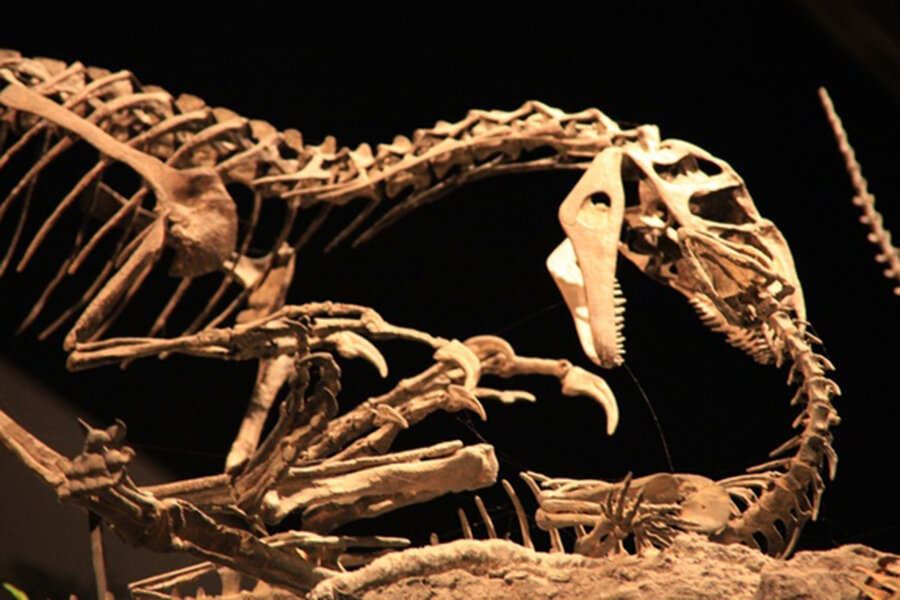Giant dinosaur had astonishing ability to heal broken bones
Loading...
A giant carnivorous dinosaur apparently possessed an enormous power to heal its broken bones, thanks to new findings revealed by powerful X-rays, researchers say.
The new findings suggest this ancient predator could shrug off massive trauma, revealing the dinosaur healed well like reptiles do than more poorly like birds do, which dinosaurs are more closely related to, scientists added.
Dinosaur bones sometimes include evidence they cracked and mended while the reptiles lived. Such findings can yield insights into how much violence dinosaurs experienced, and whether they healed differently than other animals.
Analyzing fossils for signs of healed fractures often involves slicing through them, damaging these rarities. Now scientists have used intense X-rays with beams brighter than 10 billion suns to illuminate breaks hidden within the bones of a 150-million-year-old predatory dinosaur. [Paleo-Art: Dinosaurs Come to Life in Stunning Illustrations]
The researchers examined a toe bone from a giant carnivorous dinosaur, Allosaurus fragilis, excavated from Utah. They bombarded the fossil with X-rays from the Diamond Light Source in England and the Stanford Synchrotron Radiation Lightsource in California. Both light sources are synchrotrons, or particle accelerators that can generate powerful beams of light, which the investigators used to analyze the chemical nature of samples down to a resolution of 2 microns, or 1/50th the average diameter of a human hair.
There are subtle chemical differences between normal and healed bone tissue. The scientists discovered they could detect the "chemical ghosts" of ancient breaks.
"This is beyond recognizing a healed injury — this is mapping the biological processes that enable that healing," said study author Phillip Manning, a paleontologist and director of the Interdisciplinary Center for Ancient Life at the University of Manchester in England. "The ability to map the biological processes of healing allows great insight to the physiology and metabolism of animals. To extend this into the fossil record might provide new insight on many groups of vertebrates, not just dinosaurs."
The researchers found this dinosaur could apparently shake off massive trauma, healing from injuries that would prove fatal to humans if not treated. Curiously, this fact suggests dinosaurs healed more effectively like reptiles such as crocodilians than less effectively like close dinosaur relatives such as birds, Manning told Live Science. One might speculate these differences are due in part to how birds typically possess hollow bones to lighten them for flight.
"This is the starting point in a new line of research that has a long way to go when comparing the chemistry of bone between species, both modern and extinct," Manning said. "We are already looking at new techniques that might further expand our understanding of the growth, trauma and healing of bones in vertebrates."
Manning and his colleagues detailed their findings online today (May 7) in the Journal of the Royal Society Interface.
Follow us @livescience, Facebook & Google+. Original article on Live Science.
- Image Gallery: The Life of T. Rex
- Avian Ancestors: Dinosaurs That Learned to Fly
- Image Gallery: 25 Amazing Ancient Beasts
Copyright 2014 LiveScience, a TechMediaNetwork company. All rights reserved. This material may not be published, broadcast, rewritten or redistributed.







